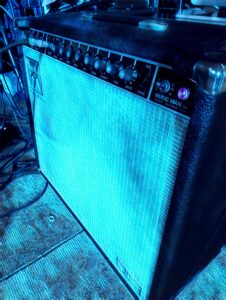As an Amazon Associate Playpedalsteel.com earns from qualifying purchases. This page contains affiliate links.
The pedal steel has a lot of potential for expression because of its ability to use pedals and levers to change the pitches of notes, as well as the other distinct characteristics it possesses.
Perhaps one of the most interesting qualities of the pedal steel is its frequency range, and the ability it has to fill certain sonic spaces in recordings and live with bands.
So when using an amplifier for pedal steel, what is the best way to equalize the amp to enhance and accentuate these aspects of its musical personality?
Taking a deeper look into the pedal steel’s sound, the amplifier being used, as well as the acoustical environment will often lead to a better understanding of just how to EQ your amp in many playing situations…
Sound and Frequency Range of Pedal Steel
Pedal steels are commonly known for their shimmering-clear high frequency notes. A lot of great pedal steel playing contains harmonics played by the player, and these chimes can often extend very high into the sonic spectrum.
Another unique characteristic of the pedal steel is that it has a broad frequency range, especially when the C6 neck is played. So playing this neck through an amp, is actually a lot like playing a keyboard through an amp!
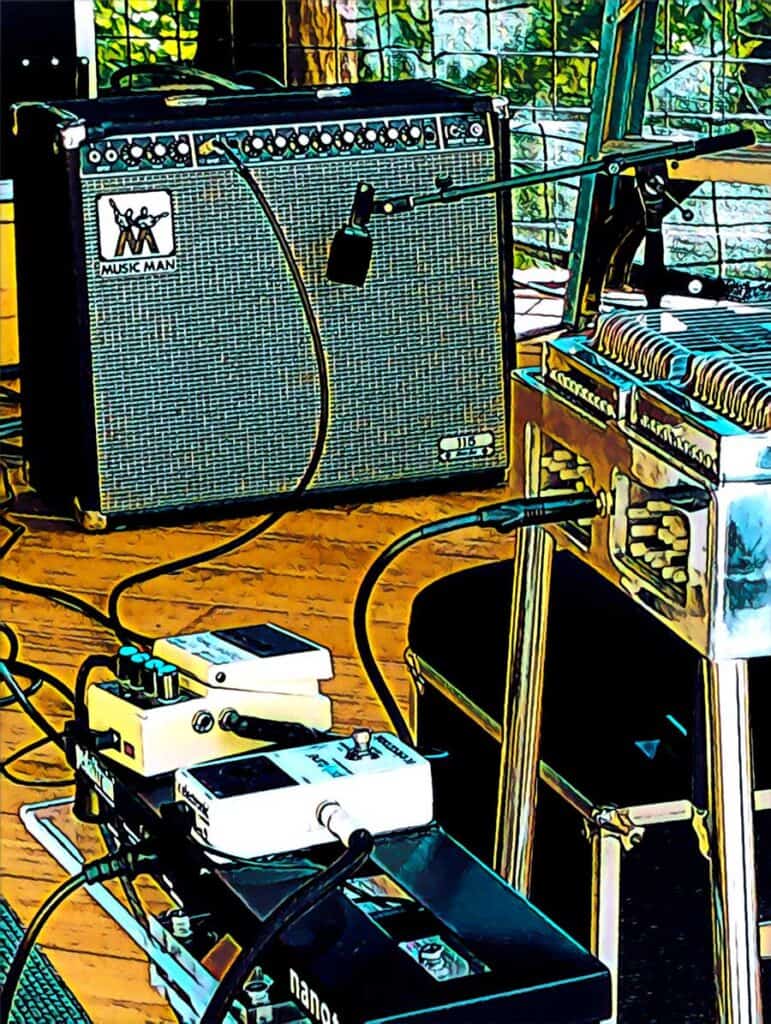
This higher end of the frequency range, which can be full of presence and air, usually isn’t occupied by as many other instruments because of their particular timbres. When equalizing an amplifier for pedal steel, keep in mind that this higher end is often a good niche to fill sonically in mixes and when playing with bands.
Also, because of its broad frequency range, if you plan on emphasizing lower notes on your C6 neck in your playing it is a good idea to consider this when EQing your amp. Adding more low end and making sure these bass notes stand out, can be a great way to fatten up chord voicings and the pedal steel’s overall sound.
The Type of Pedal Steel
The actual pedal steel you are playing is also helpful to consider. The instrument’s pickups, cabinet type, and age can all affect the sound qualities that are sent to your amp, and EQing your amp can be a great way to shape these qualities once they arrive.
Pedal steels that have single coil pickups will often send the amp a brighter, intensive sound, especially with the pedal steel’s hot output. This can have a huge effect on how you decide to EQ your amp, considering that a pedal steel with humbucker pickups will often sound more rounded and warm in comparison.
I find that many older pedal steels can actually have more lively and energetic tonal characteristics. They may not feel as smooth and convenient in playability as modern pedal steels, but they sure have a lot of spunk to their sound.
If you notice that a certain guitar has an identifiable characteristic to its sound, then this is definitely a great thing to keep in mind as you move forward EQing it.
The Music and Your Playing
Your playing style, as well as the musical environment, is a great thing to look at when EQing your amp. Both of these things will affect the sound you produce and what opportunities there are in the frequency range for the pedal steel’s voice.
When you’re playing rhythmic vamps often on your steel guitar, that include lots of wide voicings with low bass notes, then you’ll probably want to turn up the low end on your amplifier a little bit (increasing the bass knob or fader by 25% is usually a good starting point).
If you’re playing this way, and there’s an excellent stand-up bass player on the bandsand, it might be a good idea to turn your lows down a bit instead, and leave them plenty of room in the sonic spectrum (frequency range) to do their thing. In this situation it can be great to still play these vamps, but you are now leaving room for the listener’s ears to soak up more of the actual bass guitar, while you help it accentuate the lower frequencies of the music.
When playing more lick-based, higher range playing on the E9 neck, adding a little more presence to your signal will usually be beneficial for this type of more melodic playing. If the amp has a setting for presence, try turning it up a bit to taste. If it doesn’t, search for the highest frequency controls on it, and these may help get you in that upper range sonically.
The Acoustical and Sound Environment
The frequency range of human hearing is approximately 20 Hz to 20 kHz. It takes really skilled ears to hear certain sounds really high in this range (above 18 kHz, closer to 20k), and many animals can hear above or below this range. They’re hearing things we wish we could, or sometimes wish we couldn’t. Whales can hear certain really low frequencies below our threshold, dogs can hear way above our frequency range.
When EQing your amp for pedal steel, using your ears to understand your environment is perhaps the most essential aspect, and usually the most important thing to do when equalizing anything.
The room’s shape and size, the specific instruments being played, and where the listener is located are all going to affect the characteristics and perceptions of the sound. I’m often amazed at just how different my pedal steel rig sounds at various gigs and rehearsals I play.
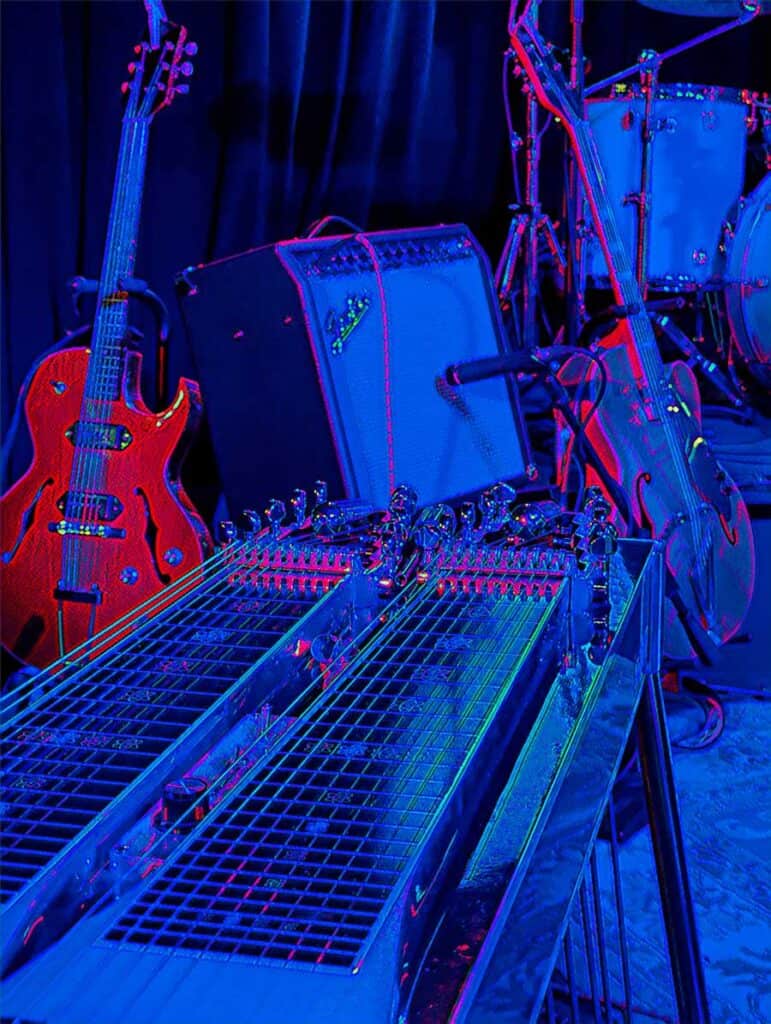
Type of Amp
When EQing your amp, also look at the particular amp you are using, which will play an important role in your sound. Are you using an amp designed for handling the pedal steel’s hot output and broad frequency range, or an amp made for electric guitar? Is the amp tube or solid-state?
Often an amp that is solid-state will have a significantly different tone than one that contains tubes, and vice versa. Also, the speaker size can affect how broad of a frequency range you’ll be able to capture from your pedal steel.
EQ Settings
As with many things, diving in and learning through experience will provide a lot of insight into EQing your amp. Here are some great settings to start with for pedal steel, which can then be modified according to your personal taste and the environment you’re in.
Good starting points for EQ on pedal steel guitar (for any amp, steel guitar, or neck) are…
- Low +9
- Mid -3 (if there’s a shift control, try putting it around 300-400 Hz if possible)
- High +4
- Presence +6
Settings are on a scale of -15 to +15, with -15 being the lowest setting possible, and +15 being the highest possible. 0 indicates the setting is exactly in its middle position. This is similar to the knob controls on a Peavey Nashville 112 pedal steel amplifier.
Using these settings as a starting point will…
- Beef up your low end and give your bass notes some extra uummpphhh. If you’re playing the E9 neck, then you don’t have very low frequency strings on this neck — a six-string guitar has a bigger low-end sonically, so no worries about getting in the bass or guitar player’s way, even with the bass setting so high. If you’re playing the C6 neck, this will make your bass notes sound thicker and warmer, and just turn them down a bit if there’s a great bass player with you.
- Cutting a little bit of the lower mid frequency will usually make the pedal steel guitar sound a little less muddy. (If you’re playing jazz pedal steel guitar, then this muddy or rounded sound may benefit your tone). Also, cutting the Mids a bit can give the six-string guitar player a little more breathing room sonically. After all, the six-string guitar and pedal steel share a lot of the same frequency range, so try to respect each other on the sonic spectrum.
- Adding highs and presence will get you in a higher frequency range that is sometimes less inhabited by other instruments on the bandstand. You will find female vocalists and fiddle players living in this sonic range though, so respect their territory as you roam through. These higher end boosts can help separate you from the keyboard and six-string guitar players, especially when you are chiming away on those harmonics. Also, you’ll find yourself hanging out with the drummer’s cymbals in this sonic environment.
When EQing your amp for pedal steel, there are many things to consider and ultimately it will come down to using your ears to determine what’s best for the playing situation, while using your own taste and preference.
So next time you sit down at an amp, and decide to play your pedal steel guitar through it, ask yourself “what am I trying to accomplish, not with my playing, but sonically in my hearing environment?” Then enjoy the process of EQing your amp!
Thanks for checking out this page, hope it is helpful and makes playing more enjoyable! If you’re interested in diving deeper into playing E9 pedal steel, check out these resources and guides…
The Chord Guide for E9 Pedal Steel (E-Book, Digital Download)
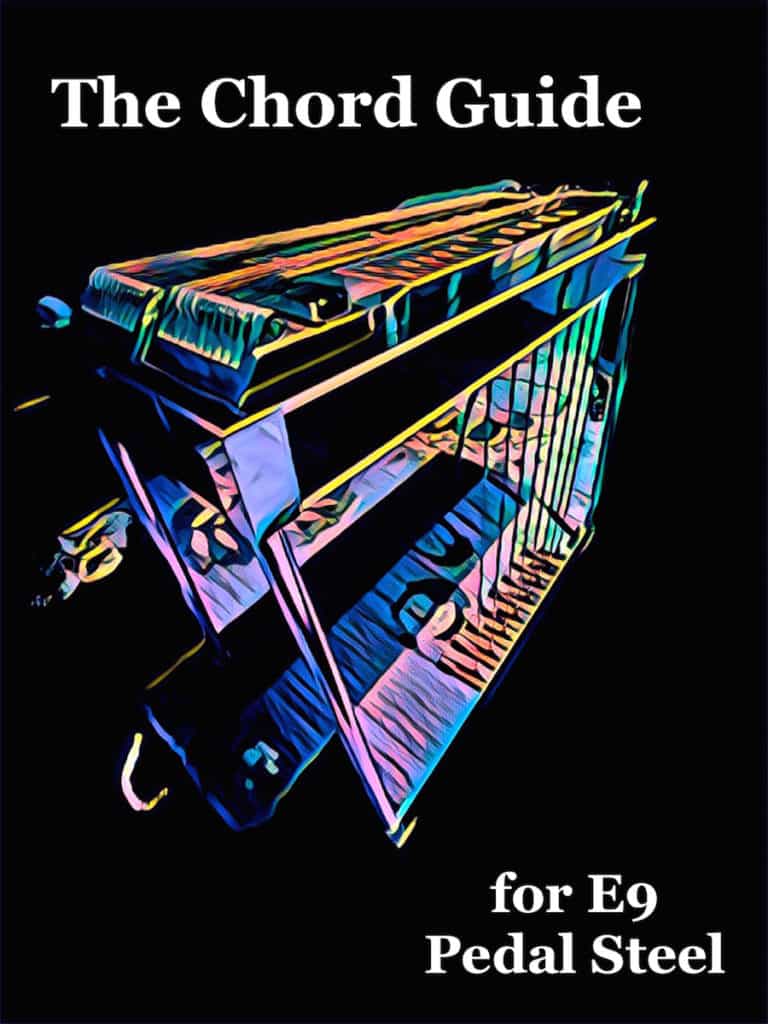
Learn the chords on the E9 neck in a way that makes playing simple and enjoyable…
- Almost Every Chord You’ll Ever Need for E9
- Intuitive and Easy to Use
- Make Use of Pedal and Lever Combinations
- Example Tabs of Chord Movements
- Easily Utilize the Nashville Number System
- Great For Any Key and Style of Music
Includes a bonus section of over a hundred pages of extra chord charts, key references, and more!
You may also like…
200 Country Riffs & Licks for E9 Pedal Steel
Add these country licks to your playing repertoire…
- Easy to Read Format
- Includes Rhythmic Notation
- Playing Over Chord Changes
- Great for Country, Alt-Country, & Honky-Tonk Styles
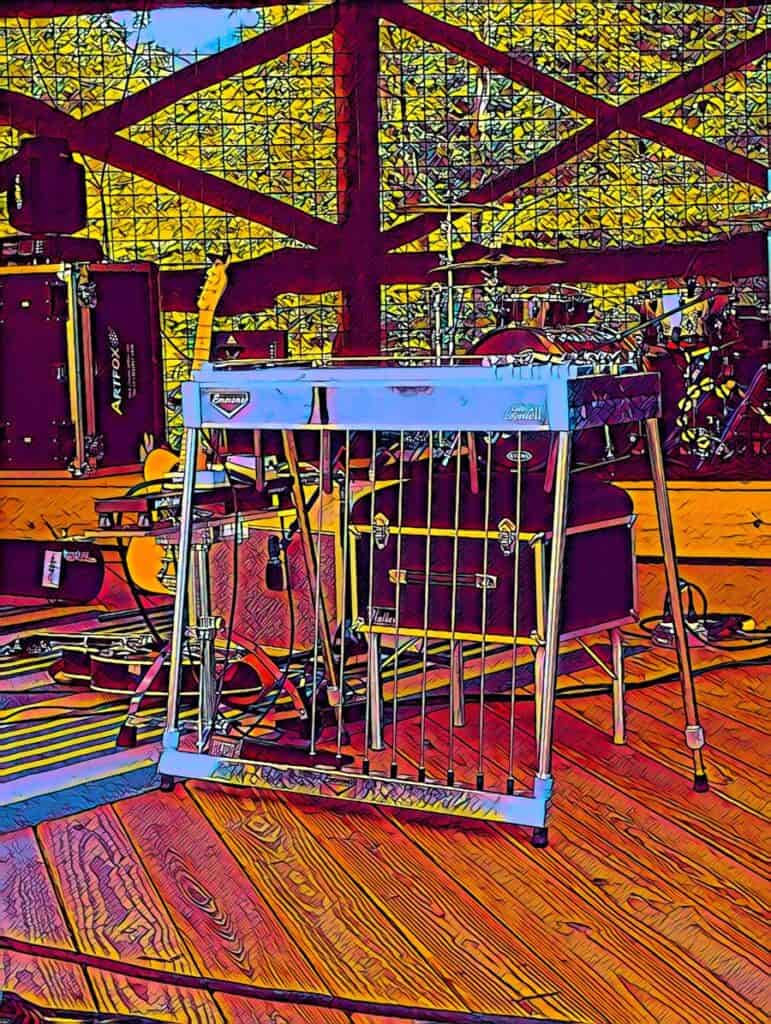
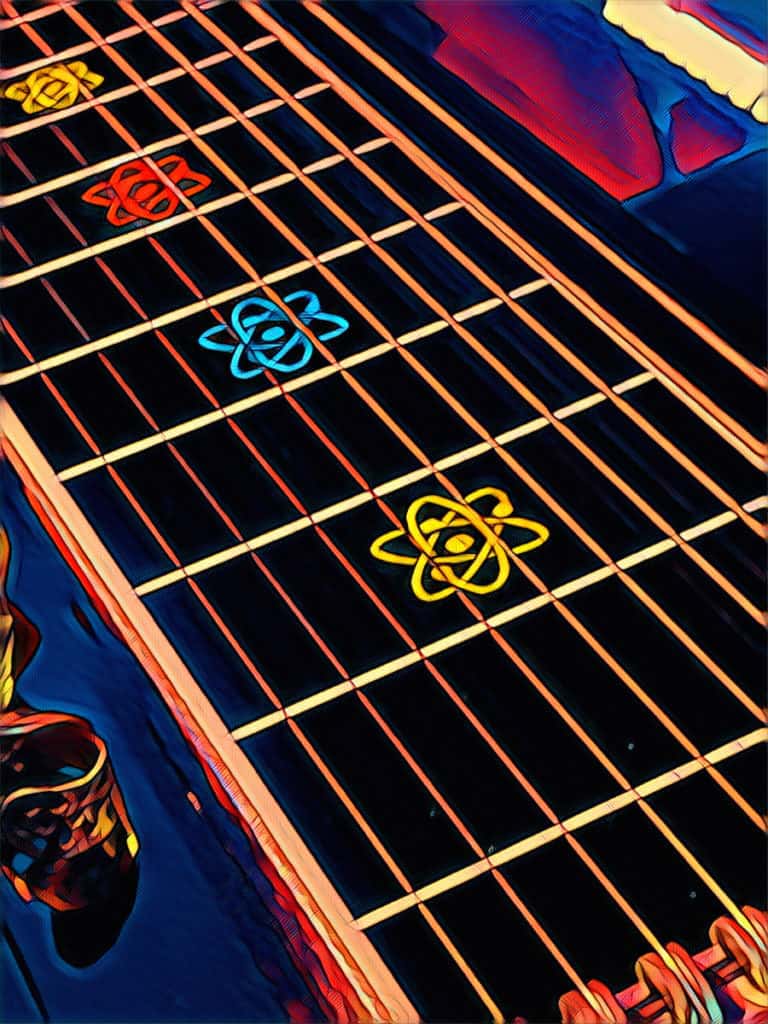
The Scale Book for E9 Pedal Steel
Over 1,000 Pages with Tabs and Diagrams!
- Easy to Use Reference for Practicing
- All Major and Minor Pentatonic Scales, Modes, Major Scales
- All Keys, and Covers the Fretboard
- Includes Pockets of Scales
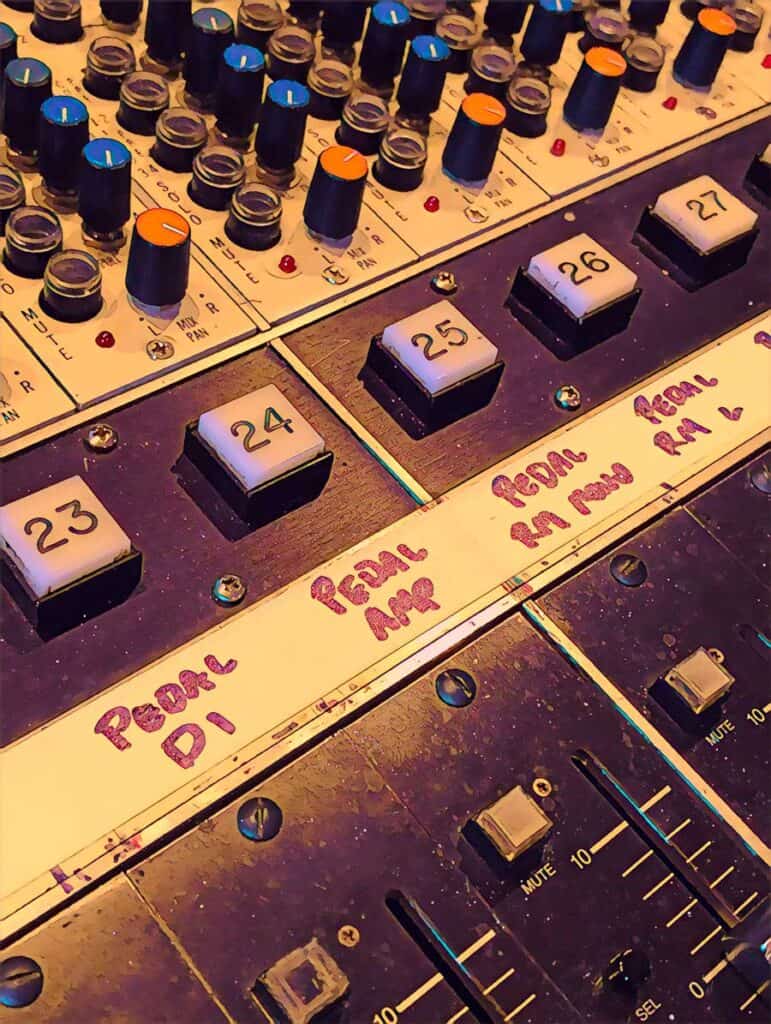
Harmonized 6ths
- Hundreds of Riffs, Licks, and More
- How To Play Sixth Intervals on the E9 Neck – Over Any Chord
- Utilizes The Pedals and Knee Levers
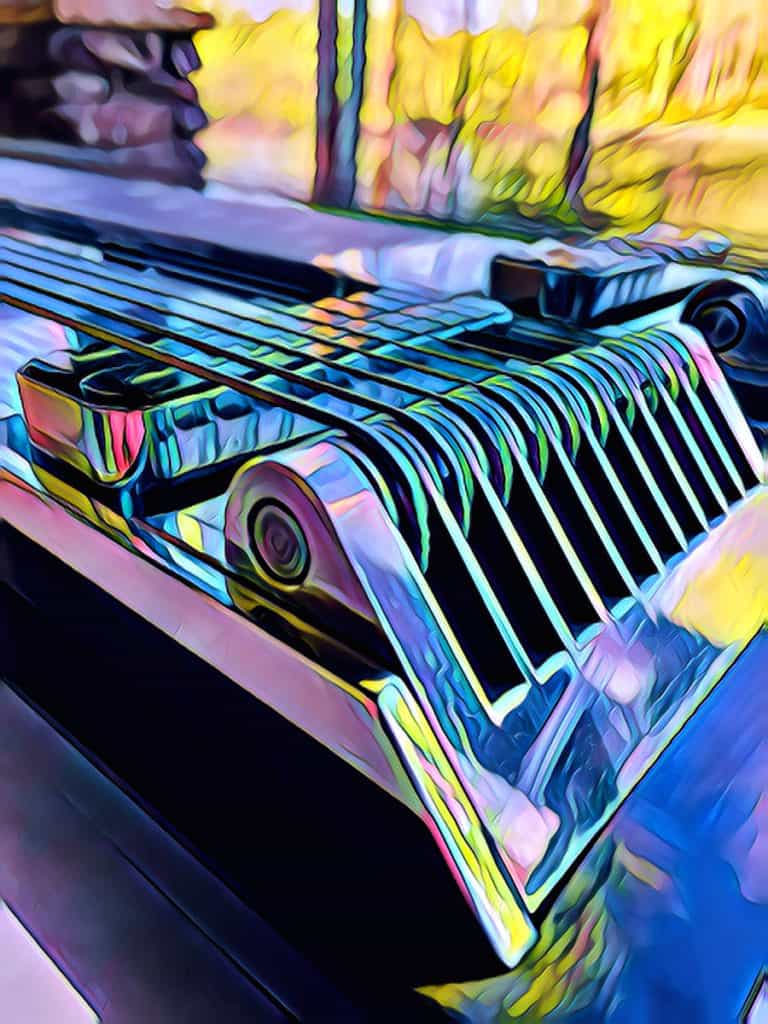
Right Hand Picking & Blocking
- An In-Depth Guide to Picking and Blocking
- Perfect Your Technique
- Includes Graphics, Illustrations, & Practice Exercises
For more EQ ideas with pedal steel, check out this page…
